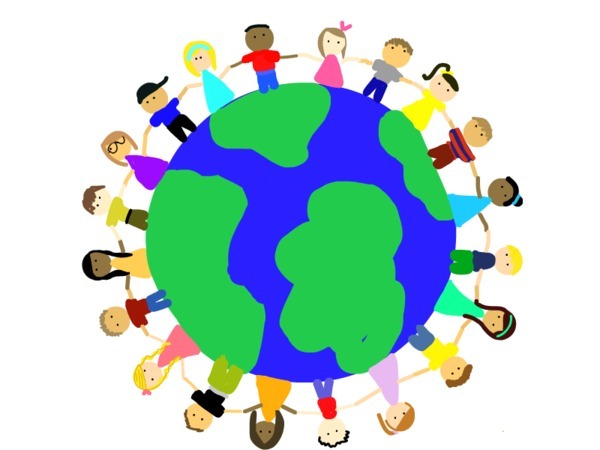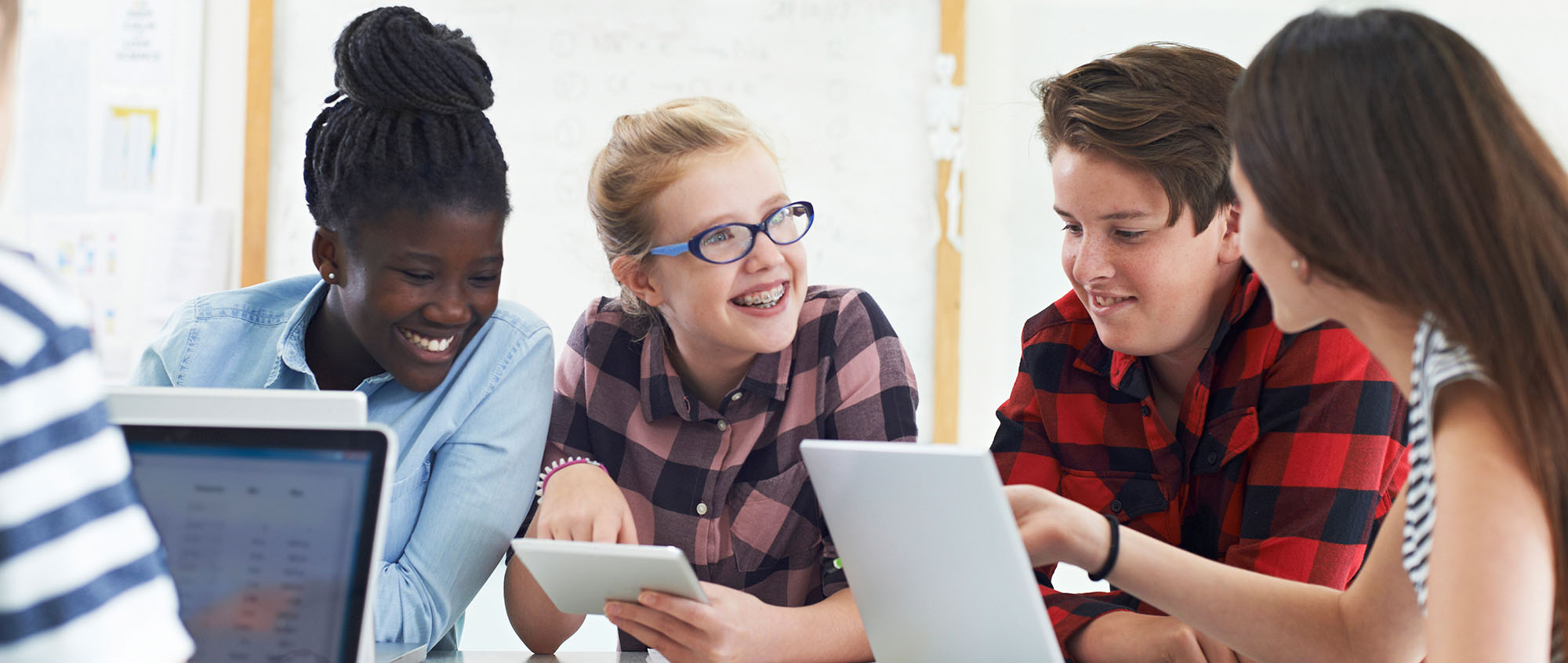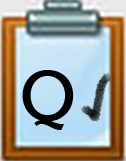Gold Quest-Classroom Collaboration

The focus of this Quest is to support global collaboration with other classrooms or projects around the world.
Introduction
The International Society of Technology in Education has identified Problem-Solving and Collaboration as key skills for success in society.
“A Global Collaborator has the ability to address and potentially solve significant problems in students’ communities and around the world, both independently and in collaboration with others.”
This Quest involves classroom-to-classroom collaboration and communication. The goal is to solve an issue or problem of significance with others across the globe. Your classroom will take on a problem and work through a possible solution or solutions. This might also be done with students in smaller groups. You will be investigating possible solutions through collaboration with other students around the globe.
I Can Statements
- collaborate with others on a project
- create a presentation backing it up with research
Key Vocabulary
Global Collaborator: A global collaborator is a student that uses digital tools to connect with others from different backgrounds and cultures to learn and work together.
Digital Citizen: A digital citizen is a student that recognizes the rights, responsibilities, and opportunities for living, learning and working with others using technology. This requires acting and modeling behaviors that are safe, legal, and ethical.
Play the Vocabulary Game below to practice the Key Vocabulary.
Vocabulary Game
You can change the Quiz mode to Match, Test, Learn, Flash Cards, Spell using the selection list at the bottom right of the activity that says "Choose a Study Mode".
Steps
As a classroom or in small groups:
- Explore problems or issues in your school, community, or world regarding any of the following: environment (climate, drinking water), endangered animals, health (smoking, drugs, alcohol), safety (internet and social media), social (hunger, homelessness, disease), literacy, poverty, gun safety, racism, immigration or identify another problem your classmates may want to review.
a. Look at several of the resources provided in the classroom collaboration resources section at the bottom.
b. Identify an issue or join in one that another school is working on that is also of value to your group or class. - Once you’ve identified your issue, your teacher will set up a collaboration session with another classroom working on a similar issue.
a. You will connect with a collaborating group and introduce yourselves
b. Use a shared working environment (Google Docs, Office 365, wiki, blog) to share your questions, concerns, and possible areas to focus on as you work through the problem
3. Collaboration: Identify and split up the research needed.
a. Agree on future dates and/or methods for collaboration
b. Set target date(s) for completion of your research
4. Share and evaluate the findings and research links in your shared document
5. Based on the research you completed, collaborate and brainstorm potential solutions for each of your locations.
6. Write up your specific solution(s) or action plan(s) with steps and a timeline.
7. Identify a target audience (school council, parent group, local business group, other students) that is important to taking action on the issue.
8. Create a presentation (on your own or with your collaborators) that is backed up by research for your audience and share it.
9. Take action on your solution! Be ready to share your results.
Classroom Collaboration Resources
Brief Description
ePals: Be sure to check out the different exploration opportunities each year.
iEARN Global Collaboration Projects, check out the different challenges that occur each year.
Center for Innovation in Engineering and Science Education online collaboration
Center for Innovation in Engineering and Science Education: “Down the Drain,” “The Global Sun,” “International Boiling Point,” “Noon Day Project” and “Global Water Sampling”
National Geographic Citizen Science Projects
Collect and share your classroom data. Citizen Science projects allow students to collect and share data seen by others around the world for a common purpose (monitoring water quality, for example). This is not a classroom to classroom connection but an opportunity to practice global science.
Global Read Aloud Project (6 weeks) - The premise is simple; we pick a book to read aloud to our students during a set 6-week period and during that time we try to make as many global connections as possible. Each teacher decides how much time they would like to dedicate and how involved they would like to be. Some people choose to connect with just one class, while others go for as many as possible. The scope and depth of the project are up to you.
The Center for Interactive Learning and Collaboration sponsors lists of collaborations available. Examples: teachers seeking classroom penpals, school mascot exchange, cross-cultural, international penpals, and more.
Completing this Quest
By completing this assignment you are certifying that you/your class has participated in a global collaboration working with another classroom or others outside of your classroom, using technology resources. You have collaborated with others to investigate solutions to issues with others, and have participated constructively.
Check off this Quest on the 21t4s roadmap
Competencies & Standards
MITECS Michigan Integrated Technology Competencies for Students, and
3. Knowledge Constructor
a. Plan and employ effective research strategies to locate information and other resources for their intellectual or creative pursuits
b. Evaluate the accuracy, perspective, credibility and relevance of information, media, data or other resources
c. Curate information from digital resources using a variety of tools and methods to create collections of artifacts or solving authentic problems
d. Build knowledge by actively exploring real-world issues and problems, developing ideas and theories and pursuing answers and solutions
6. Creative Communicator
c. Communicate complex ideas clearly and effectively by creating or using a variety of digital objects such as visualizations, models or simulations
d. Publish or present content that customizes the message and medium for their intended audiences
7. Global Communicator
a. use digital tools to connect with learners from a variety of backgrounds and cultures
b. with guidance from an educator, students use technology tools to work with friends and with people outside their neighborhood, city and beyond
c. contribute constructively to project teams, assuming various roles and responsibilities to work effectively toward a common goal
d. Students explore local and global issues and use collaborative technologies to work with others to investigate solutions




